The Louvre-Lens is an art museum located in Lens at the heart of a coal mining area, approximately 200 kilometres north of Paris. It displays objects borrowed from the collections of the Musée du Louvre on a medium or long-term basis.
Its collections are displayed in a contemporary building designed by the Japanese architects Kazuyo Sejima and Ryue Nishizawa of SANAA, a multiple award-winning architectural firm based in Tokyo. Officially opened on the 4th December 2012, the museum now enjoys international acclaim as a unique must-see attraction.

The Galerie du Temps (Gallery of Time), the main exhibition space and the heart of the Louvre-Lens, houses a selection of masterpieces arranged chronologically, starting with the birth of writing in 3500 BC and finishing with the year 1850. Each year, some art pieces return to the Louvre in Paris and are replaced by others.

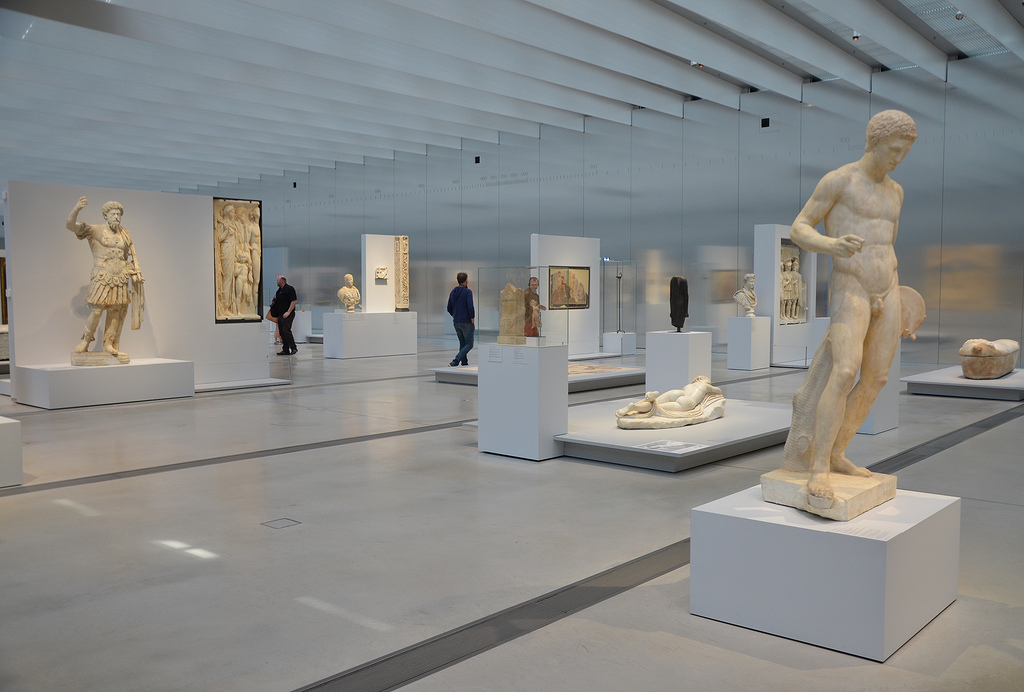
The 200 works originate from the Middle East, Egypt, Greece, Rome, the Islamic world and Europe. The Galerie du Temps is a wide open hall (125m long and 25m wide) where the objects are placed in the centre of the room in order to create a full 360° dialogue between them.
HIGHLIGHTS FROM THE ANTIQUE COLLECTION

From Uruk (Irak)
Late Uruk Period, around 3300 BC.
The first documents written on clay tablets appeared in Uruk IV, around 3300 BC.
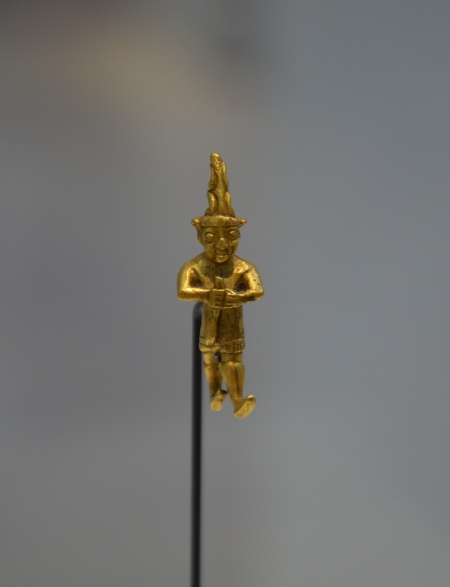
From Yozgat, Central Anatolia (Turkey)
Around 1400-1200 BC.

Around 1391-1353 BC (reign of Amenophis III)
From Egypt.
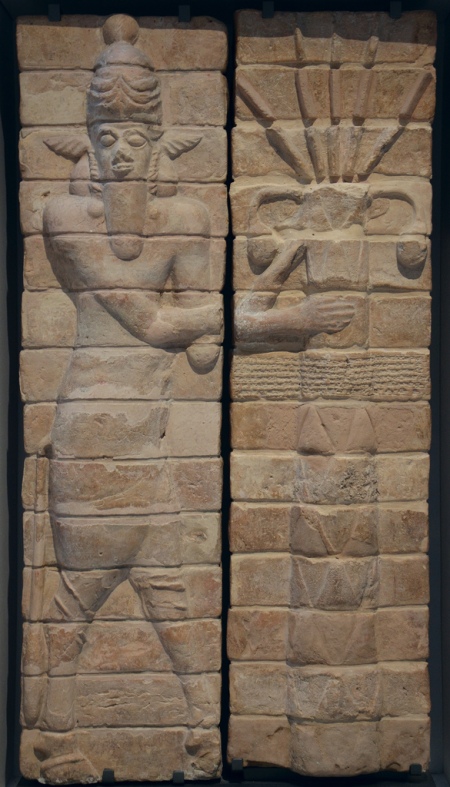
Around 1150 BC
From Suse (Iran).

Neo-Hittite period, 9th century BC
From Malatya (Turkey).

Around 750-600 BC
From Larnaca (Cyprus).
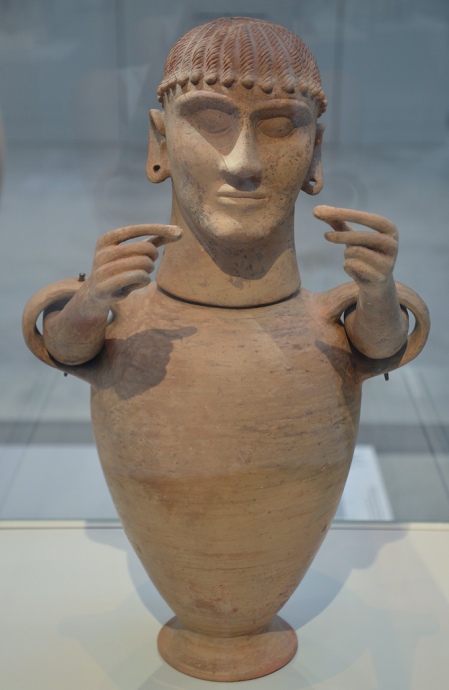
From Chiusi (Italy)
Around 550-500 BC.
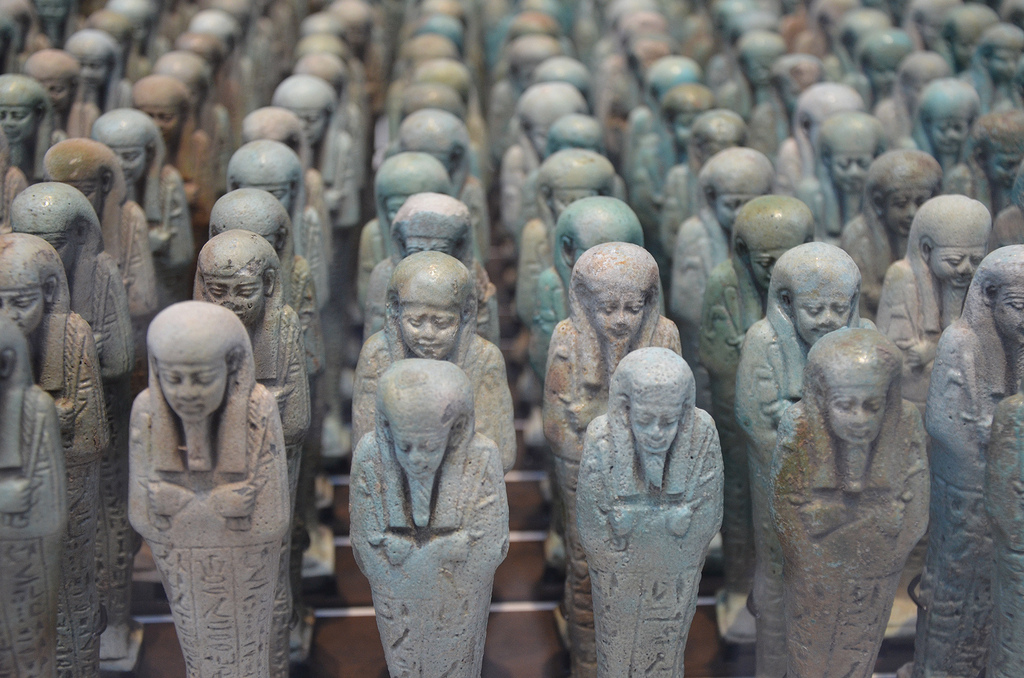
Around 500 BC
From Memphis (Egypt).

Around 190 BC
From Myrina (Turkey).

From Pompeii
Around 30-50 AD.

From Rome (Italy).

Around 130-150 AD
From Egypt.

Around 100-200 AD
From the Capitoline Hill in Rome (Italy).

From Gabies? (Italy)
End of the 2nd century AD.

Found in Carthage
Around 180-190 AD.
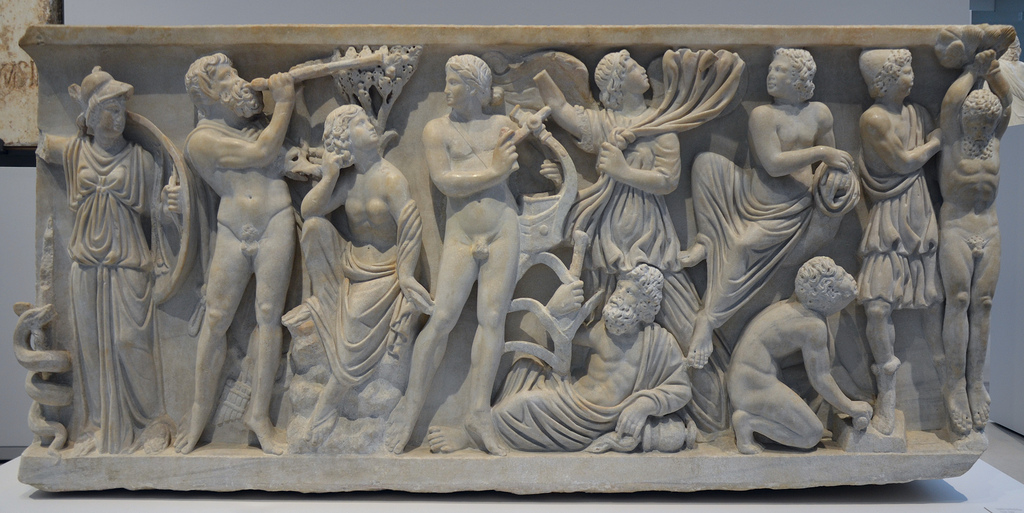
Around 290-300 AD
From Cosa (Italy).

See more images from the Louvre-Lens antique collections on Flickr
Links:
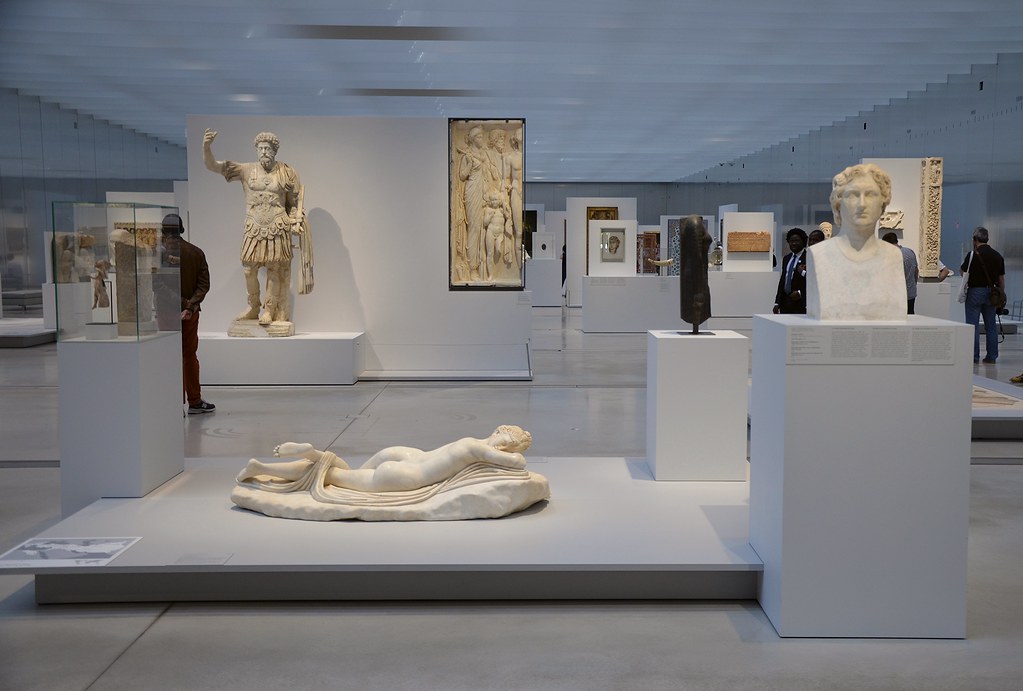


What a wonderful Museum. Your photo’s are so good its almost like I am actually walking around there myself. Thanks Carole. Love the Cunniform tablet.
LikeLike
Carole, is the museum on a rail line from Paris? (I’ve never gotten up the courage to drive in Europe!)
LikeLike
Yes, there are trains running daily from Paris Gare du Nord to Lens. It takes about 1h15 minutes and costs about 40 euros return. Then from the train station in Lens, there is a free bus running every 30 minutes (except on Tuesdays when the museum is closed).
LikeLike
Thanks so much, Carole!
LikeLike
Thanks !!!!!! Love the way you show the incredible objects.
LikeLiked by 1 person
Fab items and great photography!
LikeLiked by 1 person
Thank you Caroline! 🙂
LikeLike